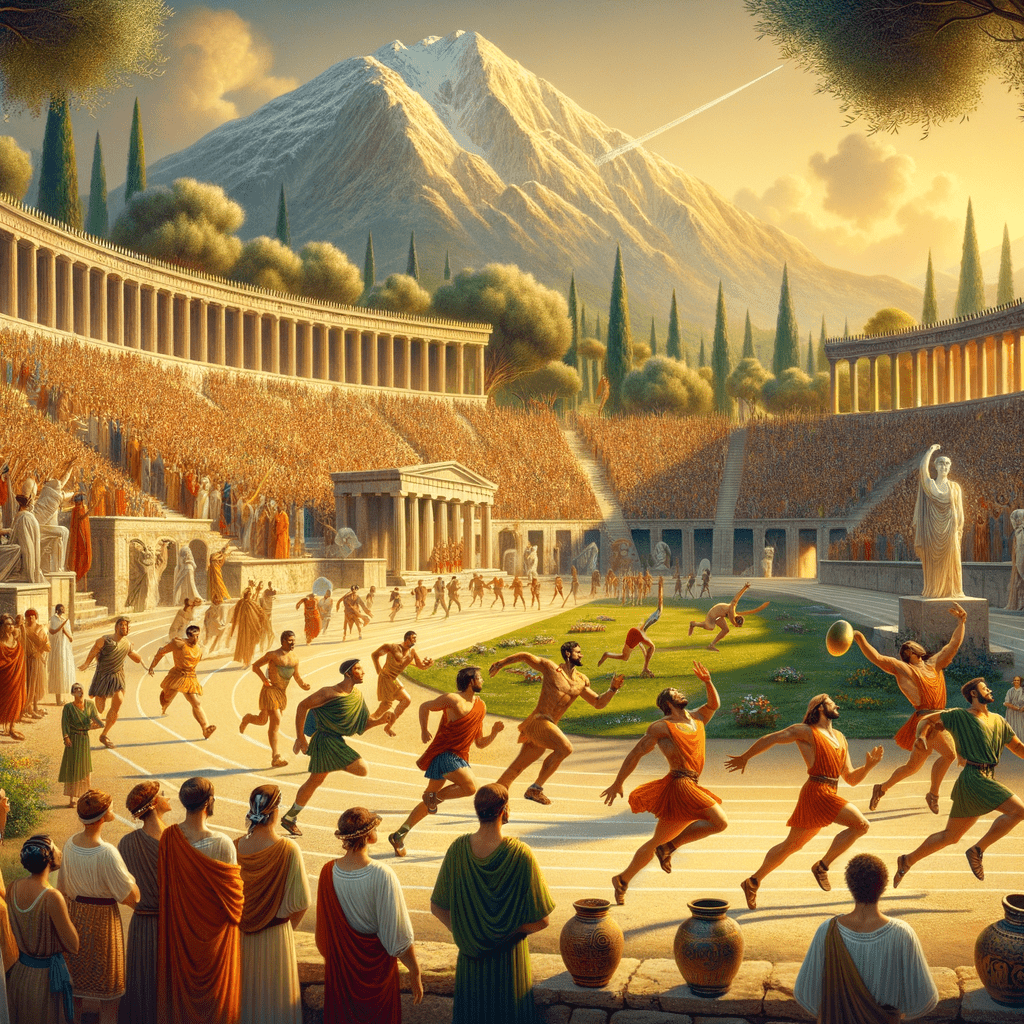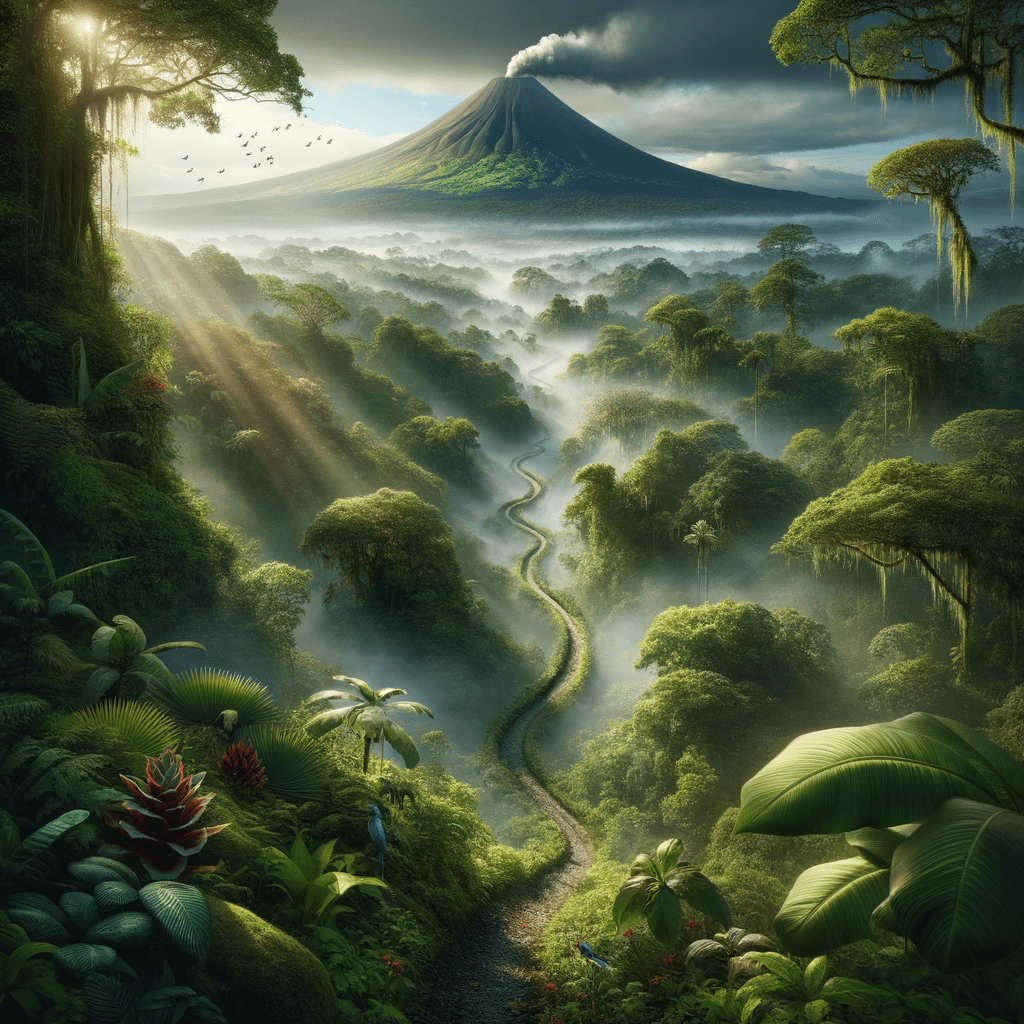Oh boy, let me spill the tea on a figure that has always intrigued me to no end. We’re talking about that guy from the steppes who shook the world — Genghis Khan. The moment you hear his name, doesn’t it just conjure up vivid images of storming hordes and grand conquests? But honestly, to truly appreciate the whirlwind that was Genghis Khan, I think we gotta dig a bit deeper than just the dramatic battle scenes on some dusty old documentary.
The Rise of Genghis Khan
Alrighty, let’s imagine ourselves in the windy, harsh plains of Mongolia at the tail end of the 12th century. It’s not a luxurious land by any stretch — more of a “grab your wits and figure out how to survive” kind of place. Enter young Temujin, who would become Genghis Khan. This poor dude had it rough. His dad got poisoned, and his family, well, they were abandoned and left with zilch. Life was a series of unfortunate events.
But, against all those crazy odds, Temujin clawed his way up, bit by bit. With a humongous dose of resilience, he did the unthinkable and united the Mongol tribes — something that sounds almost like a fairy tale. Honestly, it’s like watching someone come from beyond left field to win the whole darn game. They named him Genghis Khan, “universal ruler.” Talk about a major glow-up!
Of course, let’s not put him on a pedestal higher than his own grand ambitions. The true magic was his very human side — making blunders, learning from them, and wielding talents he recognized in others like a maestro conducting a symphony. Like seriously, who’d imagine a steppes kid pulling off such a power play? That takes some serious chutzpah.
Expansion and Conquests
Now, I’m not trying to suggest that Genghis was a gentle soul or anything. Nope, the guy could be as ruthless as it gets. His military tactics were scary good. I mean, Mongol armies? They were like the ultimate speed demons, tearing across lands quicker than a juicy rumor spreads in a small-town café. From China to the Middle East, they left a mark — cities fell, and civilizations shuddered before them.
But here’s the twist that makes me tilt my head in wonder: this overwhelming wave of destruction eventually led to some unexpected, kinda positive stuff. Crazy, right? The once-ruthless Mongol Empire ended up kickstarting an era of trade and cultural exchange. Who knew, right? It’s like they busted the world open and made the Silk Road this superhighway for ideas and goods.
The Administration and Laws
Now, conquering? Yeah, it’s one thing. But ruling over such a vast and varied empire? Whole different ball game. Give Genghis some credit here — he knew military might alone wouldn’t cut it. He developed the Yassa, a legal code that was basically medieval guidelines for keeping the peace. Simple stuff like protecting property, setting rules for inheritance, and, oh yes, even keeping those mighty warriors in line. Betcha didn’t see that coming!
And here’s another curveball: Genghis promoted religious tolerance. In his immense empire, diversity of faiths wasn’t just present, it was kinda protected. He’d enlist local leaders who “got” the culture, which helped keep things running smoothly. Maybe he was onto something, even if it’s a whopping contradiction with the bloodshed.
Cultural Exchange and Influence
The Mongol impact was like a giant shuffle play button for the world’s cultures. I wonder just how wild it must have been with all these previously isolated ideas and inventions suddenly spinning together. It was an unintentional society mash-up — totally unpredictable, but kinda brilliant.
Their empire was key in spreading innovations like printing, papermaking, and the postal service. The cross-cultural buzz continued long after the Mongol reign dimmed. Like a stubborn plant, those seeds took root and kept growing, changing the cultural landscape for good, almost like an ancient sneak preview of today’s global village.
But, let’s be real here — not everyone views Genghis with rose-colored glasses. A lot of places still bear the scars of his legacy. It’s totally important to honor these histories too. Big picture, yes, but we gotta consider the individual lives too. With every massive change, stories of both triumph and tragedy unfold.
A Lasting Legacy
In the end, what do we make of this intricate, complex figure? Genghis Khan is like a swirling mix of awe and fear, admiration and aversion. To some in Mongolia, he’s their national hero, a symbol of resilience. Seriously, his influence is palpable — even down to our DNA in some cases!
His story? It’s one that invites you to ponder power, leadership, and how history names its heroes and villains. If you’re ever musing over our hyper-connected world, maybe send a nod to Genghis Khan. Even in the chaos of his times, there were whispers of unity and connection beginning to form. It reminds me that our world, messy and complicated as it is, has been sculpted by forces fierce and fascinating, time and time again.













